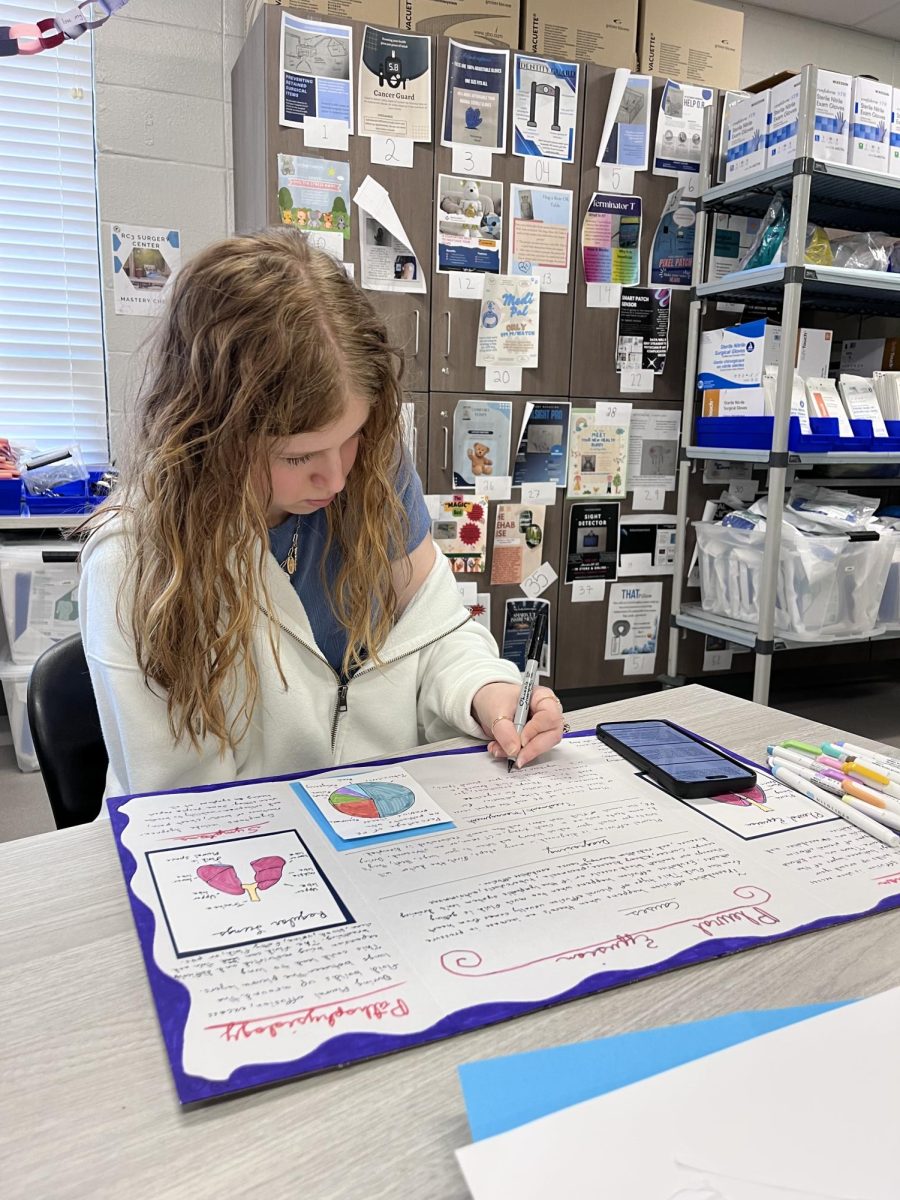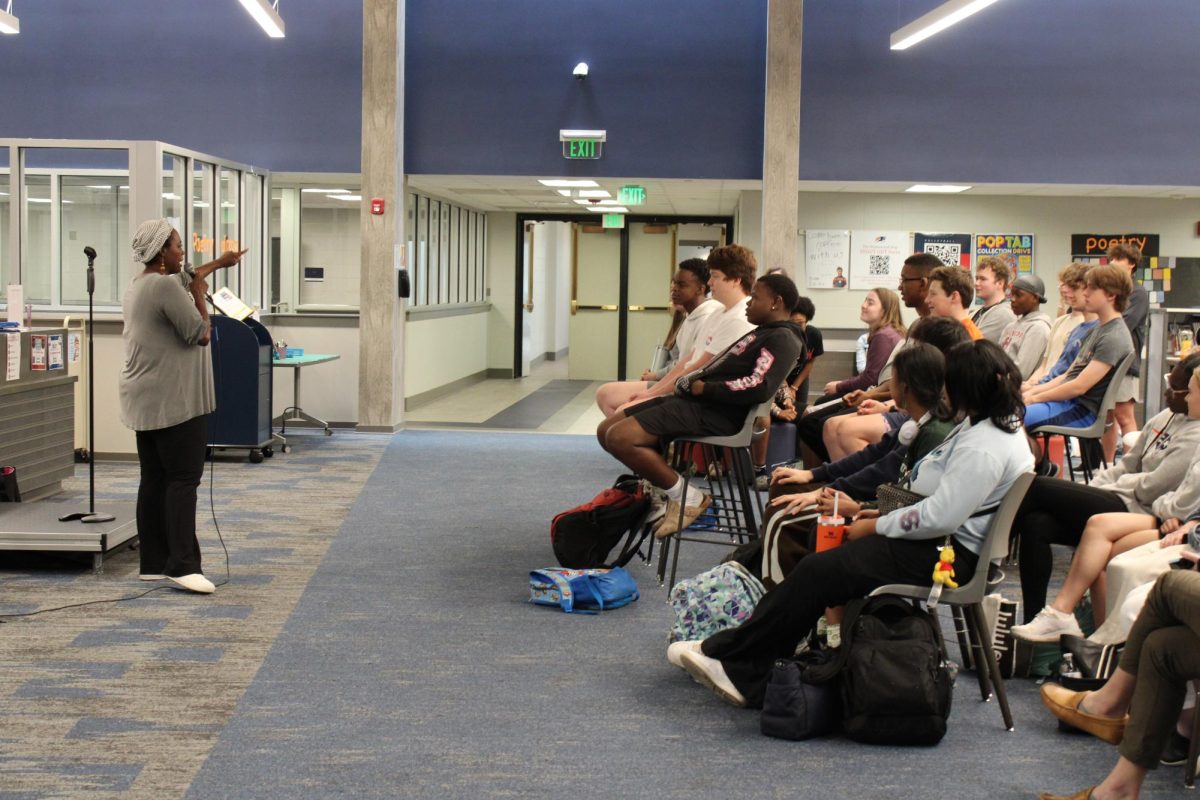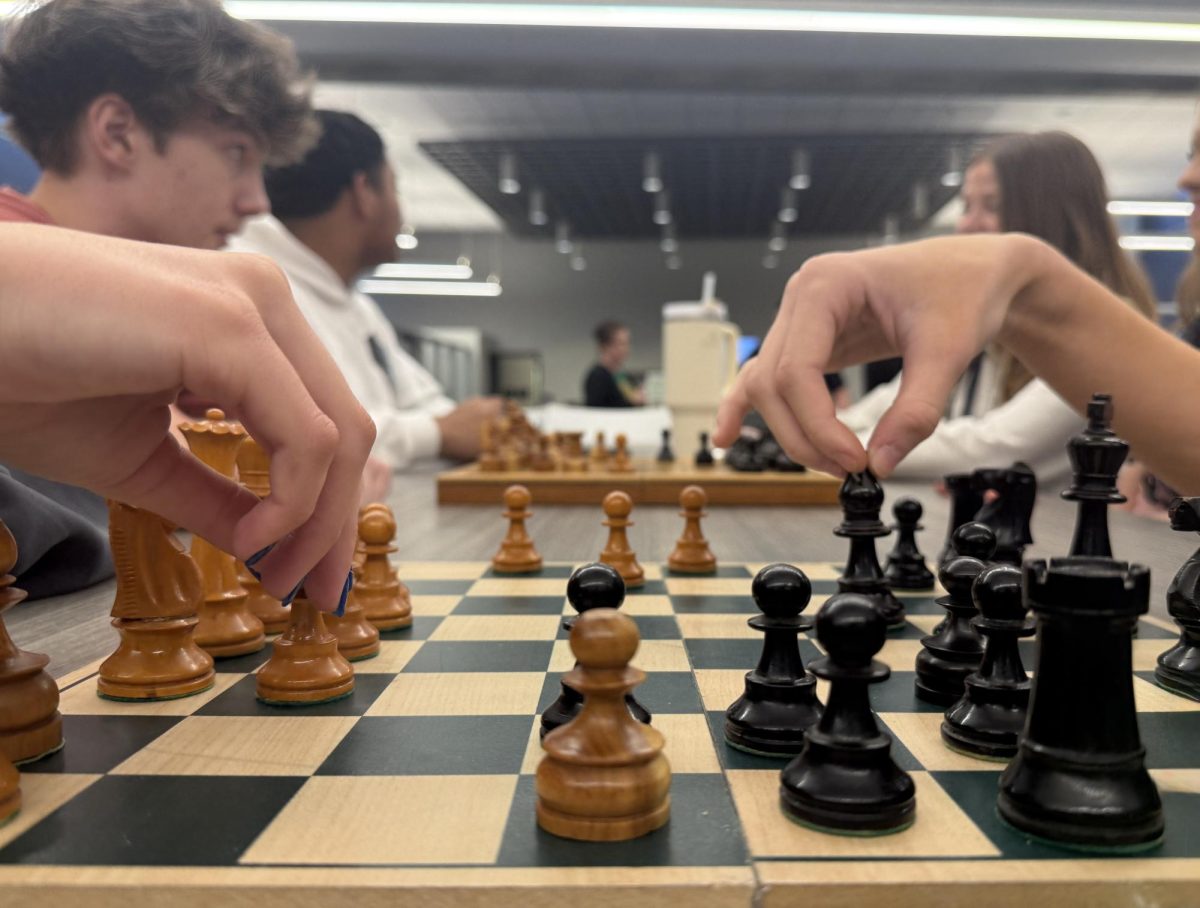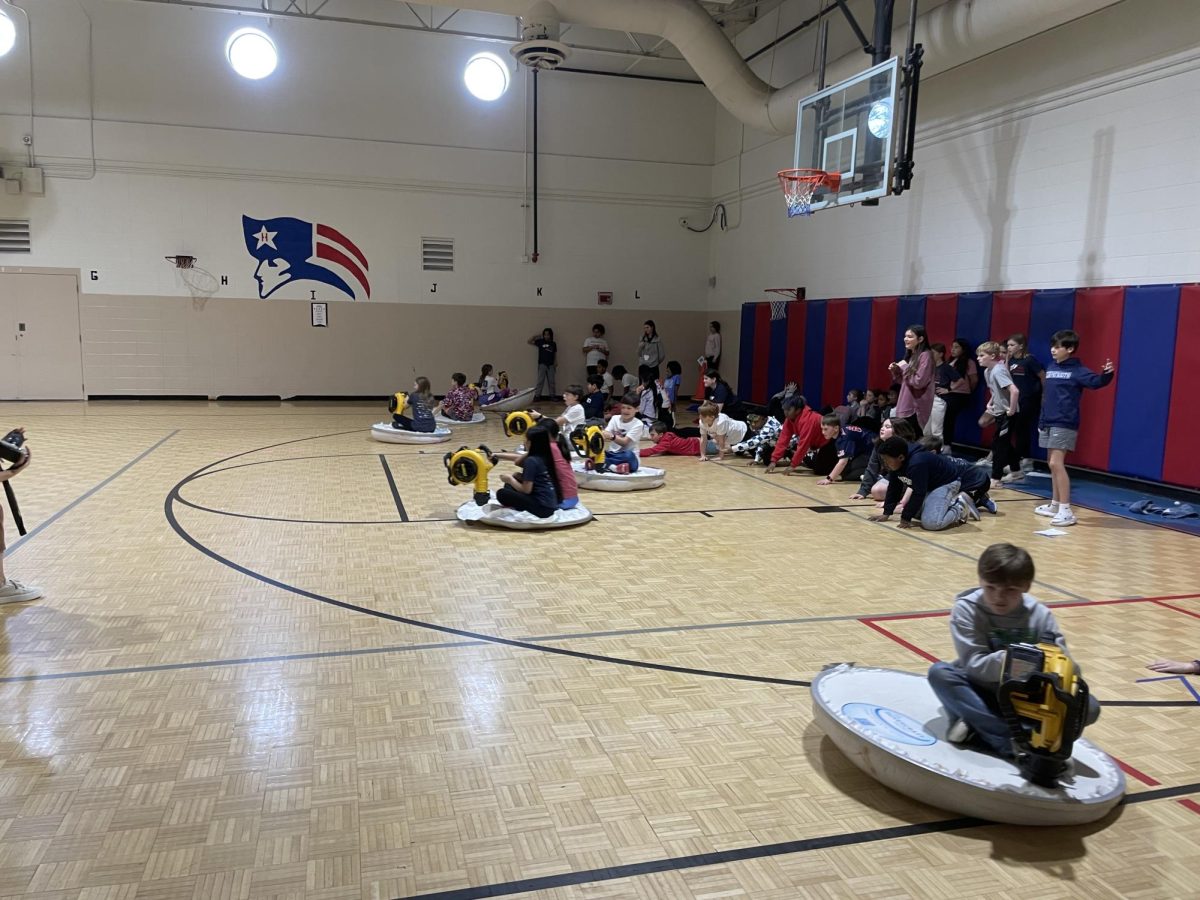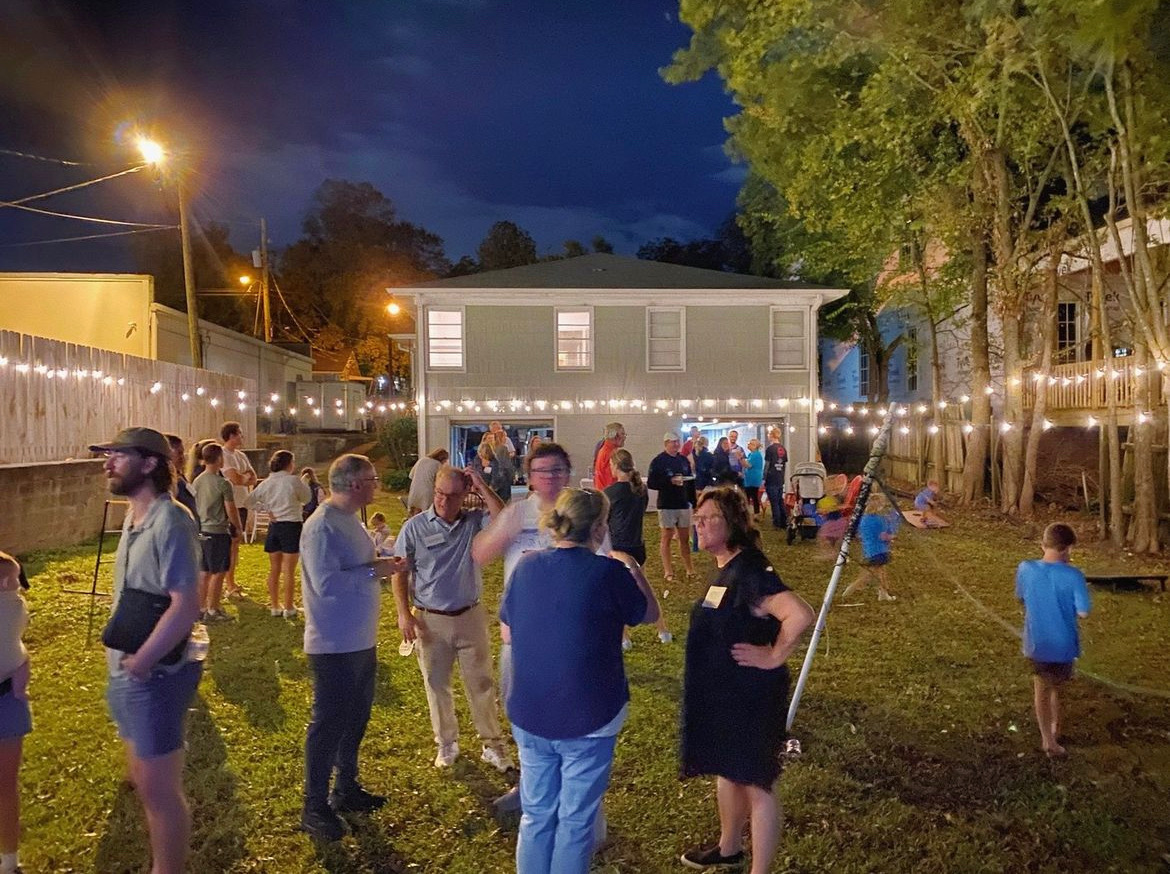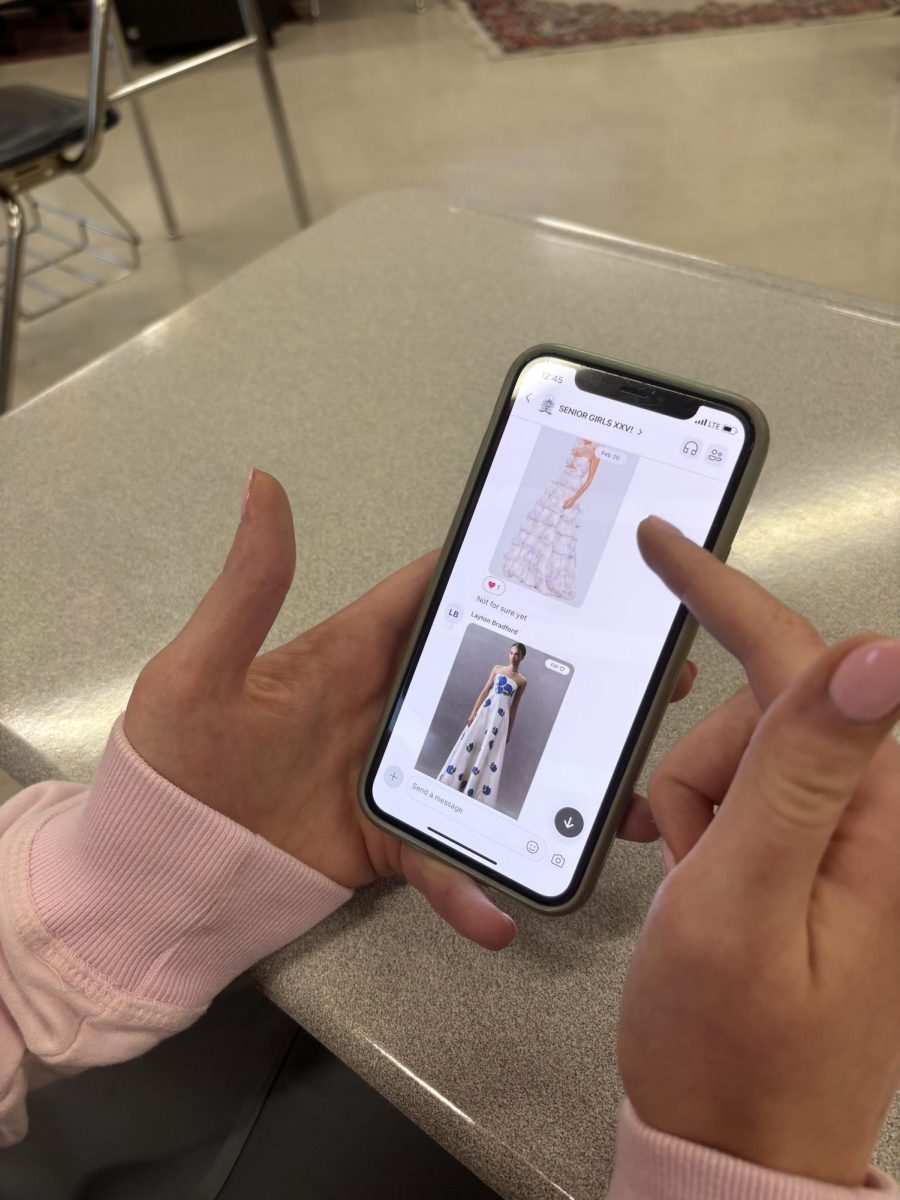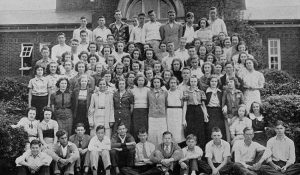Homewood dress code changes support students
September 1, 2022
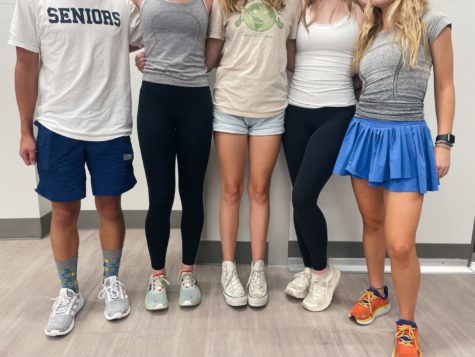 School dress codes often cause controversy that has plagued schools for generations, so in recent years Homewood City Schools has made significant changes to its dress code hoping to clarify and simply. This year is no different.
School dress codes often cause controversy that has plagued schools for generations, so in recent years Homewood City Schools has made significant changes to its dress code hoping to clarify and simply. This year is no different.
Homewood High School Principal Dr. Joel Henneke said “two things will never be solved: tardies and a dress code that makes everyone happy.”
However, comparing this year’s dress code to recent years, a few things have changed. The most impactful examples of this include the removal of strict limits on the length of shorts, skirts and dresses, as well as sleeve thickness requirements.
Dr. Henneke also recognized that a significant amount of clothing marketed to girls violates many dress codes, a notion that contributed to Homewood City Schools implementing more inclusive dress code rules for the ’22-23 school year.
The school system’s motto is “Educating and Empowering All Students to Reach their Unique Potential,” which implies going beyond education and toward encouraging students to feel comfortable and confident as themselves, which some students hope is reflected in the new dress code. Dress codes commonly target the female student population with rules such as midriff exposure, the length of shorts, and shirt strap thickness. The judgment of such things falls upon the school’s faculty.
During the 2021-2022 school year at Homewood Middle School, female students were widely targeted for what they wore to school.
In an interview with ninth graders, Lane Crowe and Lucy Player, they expressed frustration about their experience with the dress code last year. Crowe explained how she was dress coded for wearing shorts that were slightly shorter than fingertip length. She then said that she wore leggings for the rest of the school year, regardless of the temperature outside, to avoid violating the dress code. Player expressed similar concerns, saying that she “often had to change outfits before school, specifically shorts.”
Eleventh grader, Jackson Kittinger, emailed Dr. Henneke last year to communicate his concern with the dress code when his younger sister came home talking about the injustice she and the girls around her were experiencing.
“Generally, I feel like girl’s styles are more likely to offend the dress code… popular companies are making shorter and shorter shorts, and that’s what you see when you go shopping,” Kittinger says. He emphasizes that school shouldn’t make students nervous, and it seemed the dress code situation at the time was doing so.
Dr. Henneke said he made changes based on how they impact the school’s atmosphere, along with the idea that the new dress code should aim toward avoiding conformity. It is his hope that the school dress code will promote a learning environment where everyone can exist comfortably without having strict limits on clothing, while encouraging making decisions that keep the Homewood spirit in mind.


